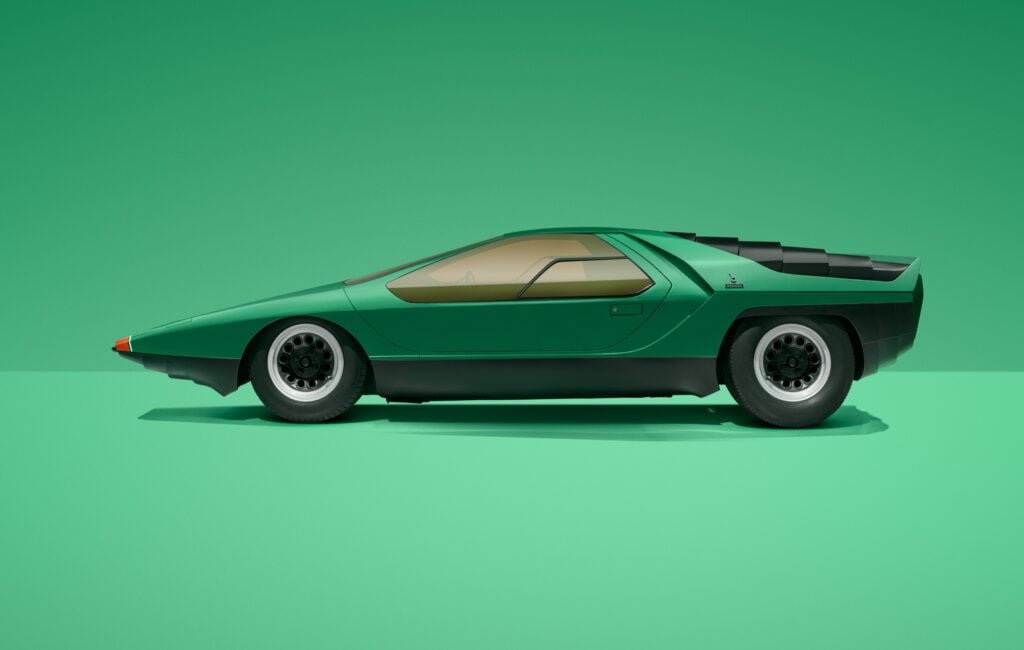We all know smiling Daniel Ricciardo. Most Formula One enthusiasts are aware of Michael Masi, FIA Race Director, and aerodynamicist Willem Toet, who’s worked for Ferrari and Sauber. Now a new generation of drivers – Oscar Piastri and Jack Doohan – are on the verge of cracking F1.
Away from these high-profile Australians, many other (mostly young) Aussies aspire to F1 across a variety of roles. And why not, when F1 represents the pinnacle of motorsport?
The way into F1 demands enthusiasm, talent, determination and, perhaps crucially, a creative ability to solve problems. Combine these strengths and it’s entirely feasible.
In 2016, Jaden Partridge, a 22-year-old Queensland University student, won a place at the Infiniti Engineering Academy. Selected from over 4000 global applicants, Partridge was chosen for one of seven positions, to become the first Australian winner. As a result, Partridge worked in both automotive and motorsport via two six-month placements, the first in Renault’s F1 Team, and then at the Nissan Technical Centre in Europe.
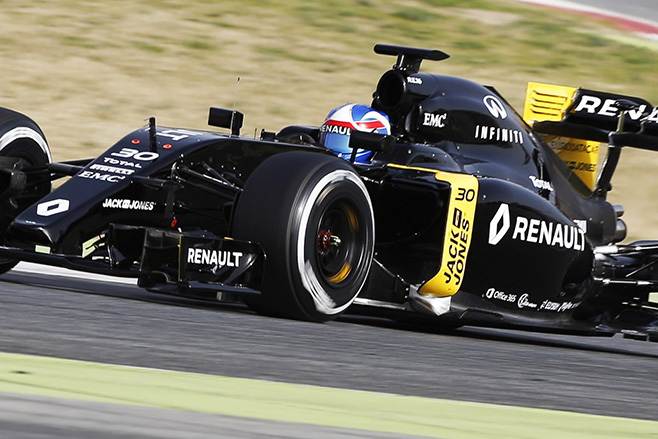
“I worked in Performance Optimisation section (of Renault’s Vehicle Performance Group), which prepare pre-event analysis using lap simulation,” Partridge explained at the time. “This enables the team to test new parts or setups in the virtual environment before the car even hits the track.
“I became interested in exploring tyre dynamics and that enabled me to take on some projects with the Senior Tyre Engineer. One week I would be analysing data from the last Grand Prix and checking correlation, the next I would be working with R&D on experiments to analyse a new tyre heating strategy.”
“F1 in Schools was a global phenomenon. The students design, build and race miniature F1 cars capable of 0-80km/h in under one second”
After returning to Australia to finish his degree, Partridge then spent almost three years with Red Bull Racing before a move to Mercedes-AMG as an F1 simulation and modelling engineer.
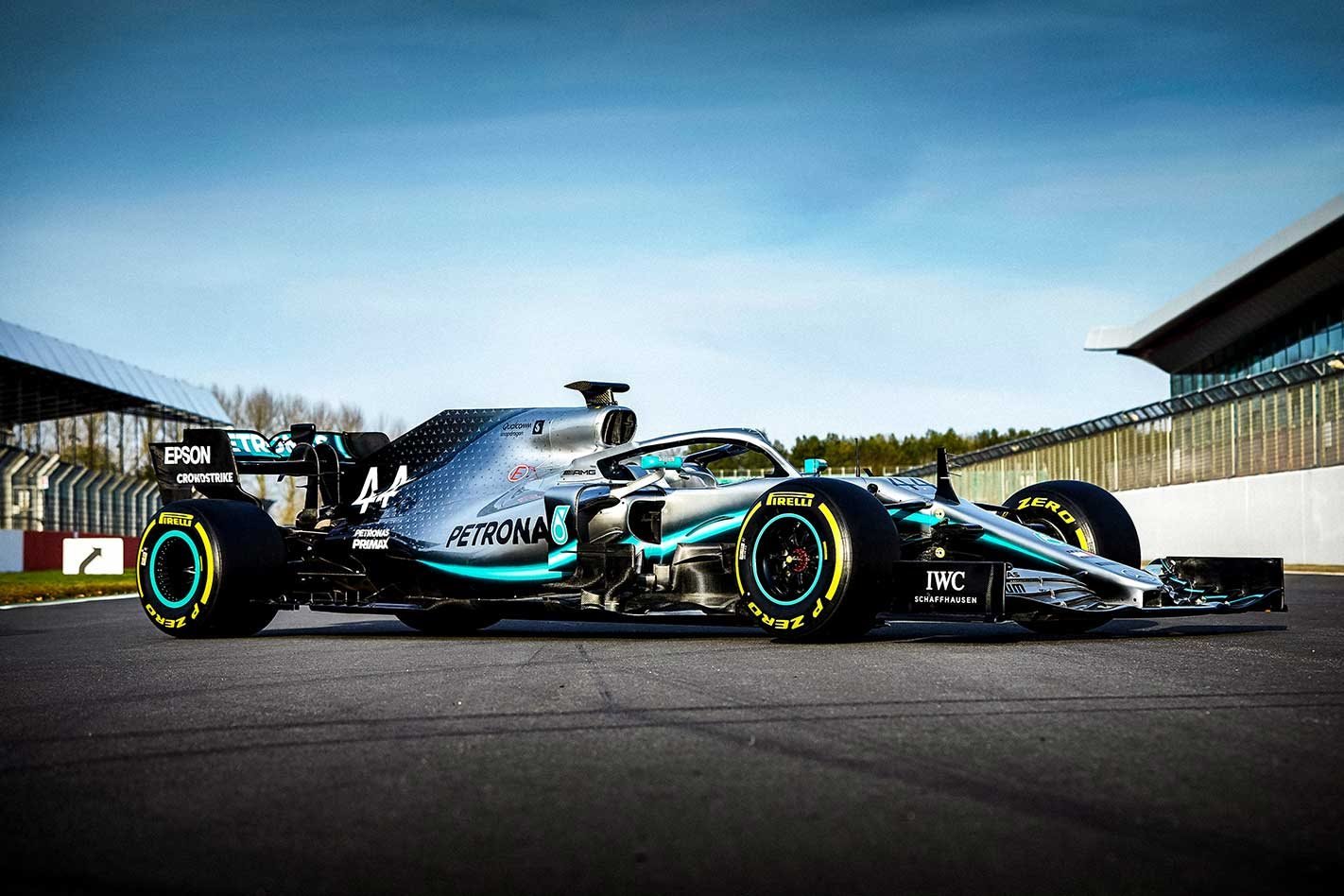
Regrettably, when Infiniti’s decade-long partnership with Renault expired at the end of 2020, its Engineering Academy was cancelled. It’s a testament to the demand for access to F1 that the academy, which ran for five years, attracted nearly 30,000 applications from engineering students in 44 countries. Half of the 33 winners went on to secure full-time positions with Infiniti or in motorsport after completing their placements.
Simone Briggs, currently completing a double degree in mechanical engineering and law at Monash University, spent 2019 as an intern with Renault F1 after managing the Monash Motorsport Formula SAE team. The global Formula SAE is a competition where university students design, build and compete in their own Formula-style, open-wheeled racing car. The Monash team won competitions in Australia, the UK and Europe, and directly led to Briggs’ internship with Renault.
Twenty years ago, Michael Myers, who runs the Re-Engineering Australia Foundation, saw a need to interest school children in engineering. He wanted to change the way children are educated so that they become adept at learning how to solve challenges. By 2003, F1 in Schools was a global phenomenon, involving 17,000 schools in 51 countries.
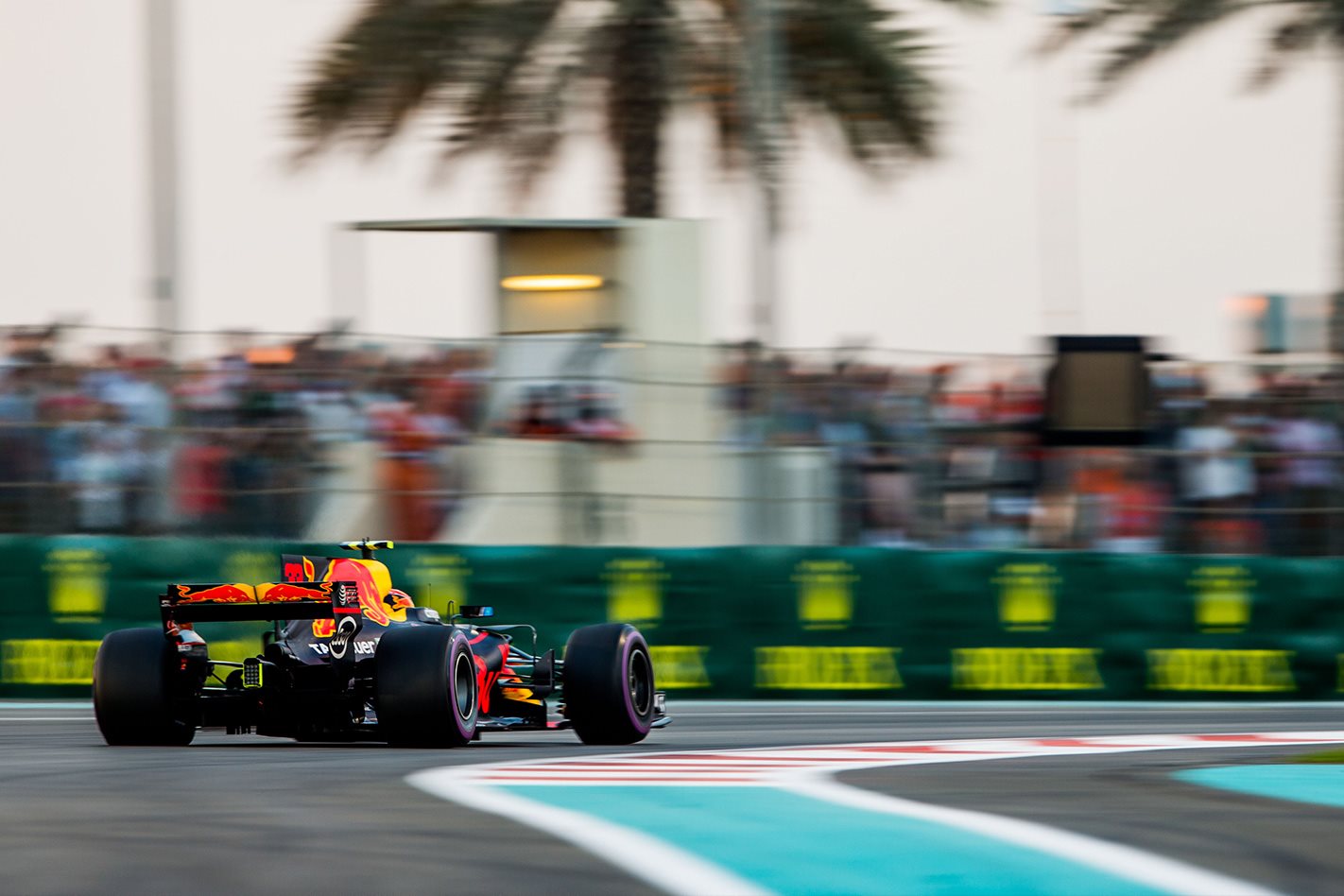
The students design, build and race miniature F1 cars capable of 0-80km/h in under one second. Around 22,000 Australian students are involved each year, while 10 times that number are exposed to the program. Over one million young Australians have taken part. So successful have the Australian teams been that they have won seven World Finals and placed second on six occasions.
The program mimics the world of an F1 team with groups of students following a series of engineering and manufacturing disciplines: design, analyse, test, build and race. They are provided with access to real-world technology such as 3D CAD/CAM/CAE engineering design software and soon become proficient in areas such as coding, computational fluid dynamics, and finite element analysis.
I promise the best place to start your path to F1 is at rea.org.au.
We recommend
-
 Opinion
OpinionAudi and Porsche's F1 deal "as good as done"
Audi and Porsche are set to compete in F1 from 2026 - provided Wolfsburg agrees
-
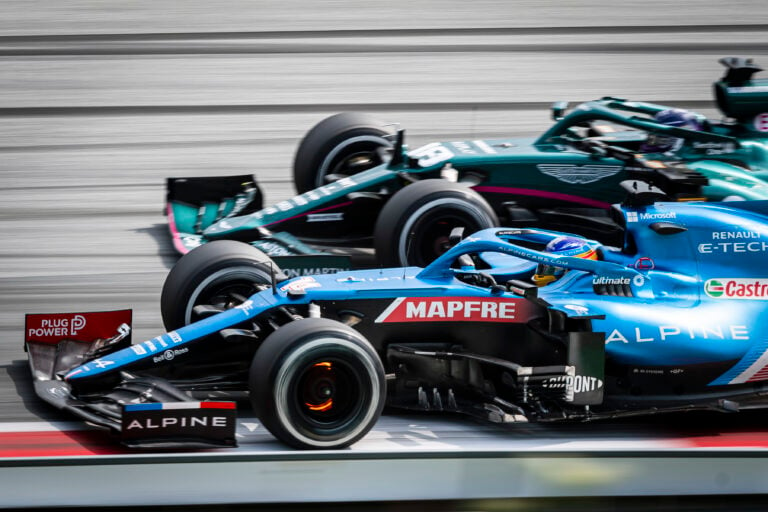 Opinion
OpinionWe rank every current F1 track from best to worst
From racing’s greatest hits, to atrocities best left abandoned, we investigate the merits of each grand prix track on the 2021 F1 calendar
-
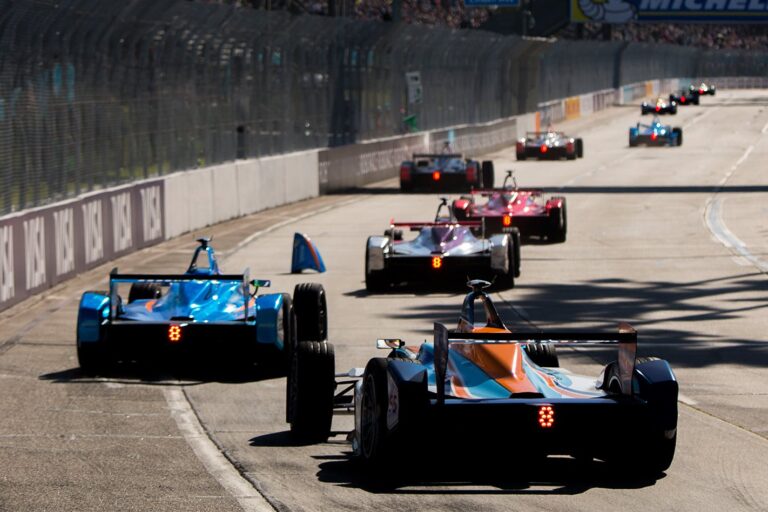 Features
FeaturesOpinion: Formula E? Not for me
The problem with Formula E is that it sounds rubbish and the cars are painfully slow



